It’s summertime…and the living is easy! This is the time of year for spending more time outside, soaking up those blessed, golden rays of sunshine and hitting the beach.

Of course, it’s also the time of year when you’re likely going on vacation, meaning vacation photography takes center stage after many months of you working hard and keeping your nose to the grindstone. So naturally, you deserve some time off!
You’ll want to bring your trusty digital camera along—that goes without saying. You’ll not only want to treasure your vacation experiences for a long time to come, but you’ll also want to share your vacation photos with your friends and family (whether they like it or not).
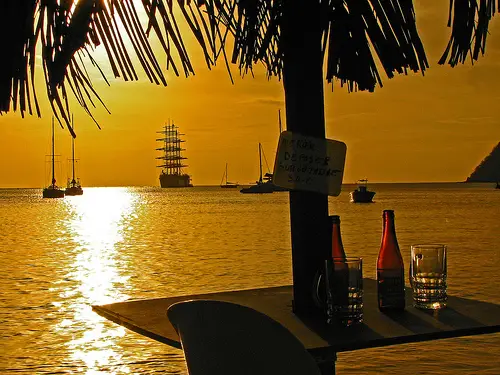
Even though you’re on vacation, you can always learn something while you’re relaxing, especially if it has to do with photography. To many people, taking great vacation shots is a challenge…just look through the average photo album, and you’ll see exactly what we mean! Don’t be one of those people who goes on a great vacation, only to return with sub-par vacation pictures! Soak up the following tips to improve your vacation photographs.
1. Take Pictures in Transitional Weather
Transitional weather is defined as weather that is changing at the moment, such as inclement weather. Taking vacation photography shots in dynamic weather provides enjoyable intrigue, ambiance and even texture to your shots. For instance, if you begin snapping away right when a rainstorm begins, you’ll get interesting light effects that are ideal for dramatic snapshots. The dark cloud wall and patches of clear sky will infuse massive visual contrast in your pictures, making for a somewhat surreal story.
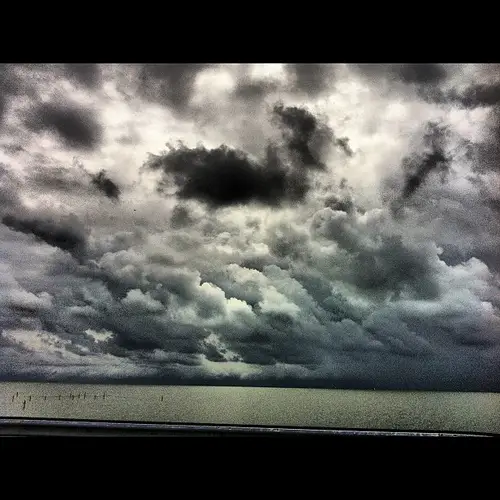
You should study the weather patterns of your destination before you go on vacation. An ideal site to help you is the Weather Channel’s site. Also come up with methods to involve the weather, precipitation and clouds into your pictures; this will add a sense of location to your shots. Factors like broken clouds, overcast days and partial sun can turn a regularly photographed area into one with a highly unique perspective.
2. People Will Help Demonstrate Scale
Scale can be invaluable in picture-taking. It helps to give viewers a better perspective of how large or small your subjects are. Luckily for you, when you’re vacationing, you’ll have plenty of people around you who’ll be only too happy to help you show scale in your pictures. These are your friends and family who are with you on the trip…so use them!
As opposed to having your friends and family just stand in front of a landmark like they’re lining up for something, have them pose in more interesting formations. For instance, have them stand right in the middle of a curious scene or put them beside a huge object to show its sense of scale.

Showing scale is all about creatively having people pose next to interesting objects. Rather than just having them stand next to the entrance sign of a landmark, get them to excitedly point at a nearby waterfall. Setting up your shots in this way takes more planning and thinking, but it’ll be worth it when you flourish as a better photographer.
3. Think Small…Not Big
With vacation photos, bigger is not always better. In fact, you want to reject conventional wisdom altogether and go small, not big! It’s always tempting to take shots of majestic things like a wondrous, sizable mountain, yet shots like that suffer from a dearth of both texture and definition. There will be so many competing elements for your viewers to look at that they’ll get confused as to what to check out first!
Therefore, go macro. After you take that shot of the huge mountain, downsize. Incorporate some context to your shots by then snapping small animals, the textures of rocks and even the petals of flowers.

When you shoot macro, you should learn to view the world in an unorthodox way to help you get more detailed shots. A tip is to position your camera close to the ground and then use live view or preview on your digital camera to compose your shot. This’ll spare you from having to lie down on the hard ground while still being able to shoot from ground-level.
4. Adapt to Shooting at Night
You’re going to be spending many nights out and about while on vacation, yet that doesn’t mean that you have to stop taking memorable vacation pictures! Adapting to shooting at night means the difference between taking mesmerizing shots in low-light situations and missing out on once-in-a-lifetime opportunities.
You know that you can’t control lighting situations while on vacation since you don’t have access to all your usual equipment. To combat this, familiarize yourself with long exposure photography prior to leaving home. It also can’t hurt to pack your tripod to give your camera a stable environment in which to collect the little light that’s still around.
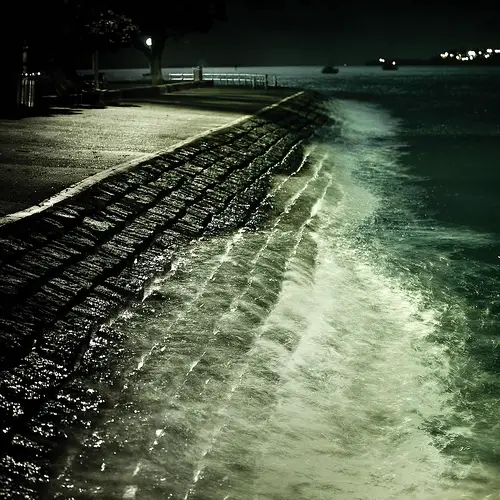
If you’re feeling particularly ambitious, take along a low-light lens that features a wide aperture, a camera-mounted flash and even a flash diffuser. Diffusing the available light lets you capitalize on any additional lighting while sparing your pictures the unattractive effects of flash lighting.
Here’s an example of a useful travel tripod that you can take with you on vacation. Here’s an example of a lens-mounted flash. Here’s an example of a great flash diffuser. Note how all are priced very reasonably.
5. Include Signs in Your Pictures
Sometimes, even the smallest touches can make a world of difference in the impact of your travel pictures. Make it a point to include various signs in the pictures you take while on vacation. Effective photography is as much about telling a story and giving your shots character as it is about taking very sharp and vibrant photographs.
So what signs are we talking about here? These can be anything from either the prices or names of different fruits and vegetables at a foreign farmer’s market to something as basic as creatively painted store signage. You’ll also want to include signs such as those found in a newsstand with neighborhood papers and even the local city street signs.

Incorporating these unmistakable touches and traces of the area you’re visiting will infuse your snapshots with a sense of place, culture and character. This is so important to the overall aim of storytelling as part of your vacation photos. You can even make a montage of your story-photo shots on your wall at home!
6. Storytelling 101
The old saying that a picture says a thousand words gets remarkably stronger when you put together a series of pictures to tell a real story. The people, places and environments you encounter on vacation are ideal for this purpose. Attempt to tell a photography story by using a series of frames.
For instance, you could take a wide shot of a scene just to set the mood. Then, you could home in on the particulars by taking some more close-up snapshots that accentuate individual elements in their own right.

When you get back home from vacation and start showing off your travel photos with basically everyone you know, you’ll get a bigger reaction from these kinds of story photos. That’s because they’re more unique than your run-of-the-mill shot of you posing in front of some landmark. As a result, they’re also more memorable for whoever sees them.
7. Mind Your Shutter Speed!
If there’s a constant in vacation photography, it’s that your scenes will involve a lot of motion. Whether it’s the lovely bus ride through the countryside or some kids playing at the beach, motion is ever-present. If you fail to take the time to think hard about your shutter speed, your vacation pictures will be a letdown.
It’s always a huge error to presume that your shots will come out nice just because they look good on your little preview screen! Blurring can still happen when you look at it full size. To remedy this potential predicament, just make sure your shutter speed is as quick as you can get it in these instances.
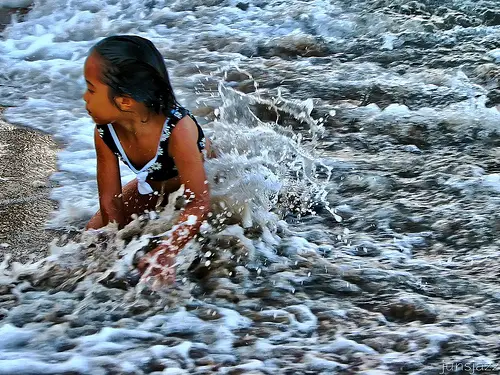
Remember, too, that you and the camera are constantly moving even if your subject isn’t. To prevent camera shaking, stay higher than one-sixtieth to one-eightieth of a second. Shots with obvious motion need to be set even higher.
Great Vacation Photos Don’t Shoot Themselves
Sure you’re on vacation, and even though it may be well-deserved, that doesn’t mean that you can slack off when it comes to photography. After all, who wants to come back home with lousy travel pictures that don’t successfully capture the highlights of your trip?! So remember the above tips the next time you’re on vacation, and take shots that will be memorable for anyone looking through your photo album!
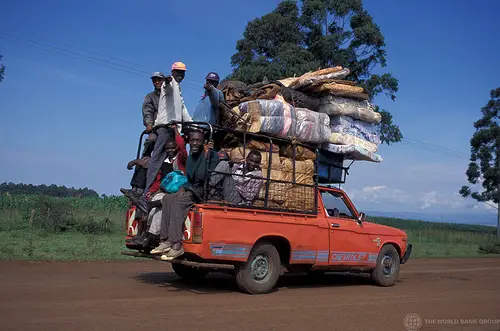
How do you take shots when you’re on vacation? Do you do things carefully and incorporate some of the lessons above, or do you just pretty much wing it, which results in some pretty wretched travel pictures? Tell us all about it in the comments, and remember: Share this post with everyone you know so they can stop making horrible vacation-photo mistakes!









Awesome and Congratulations! Beautiful pictures as always 🙂